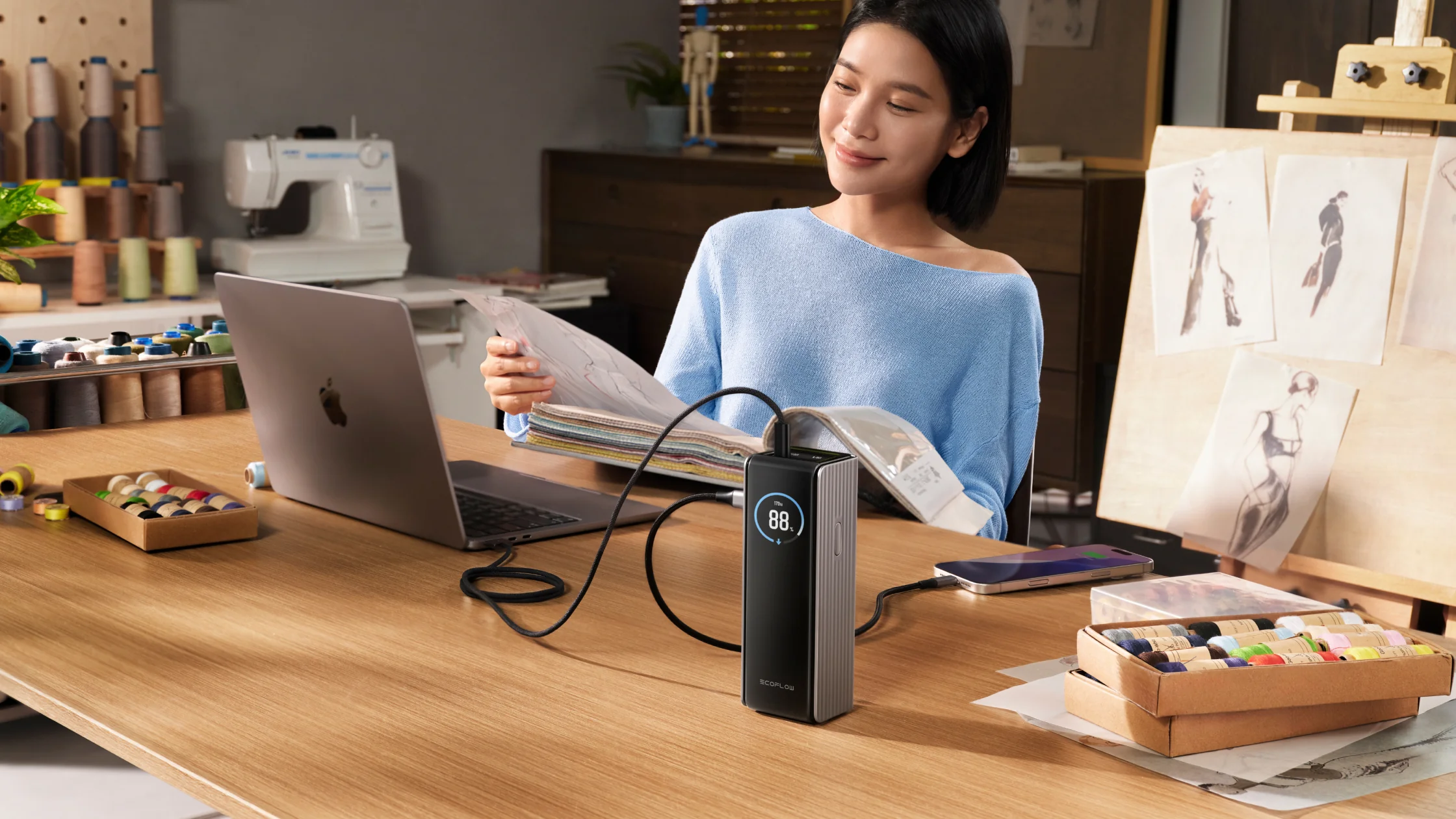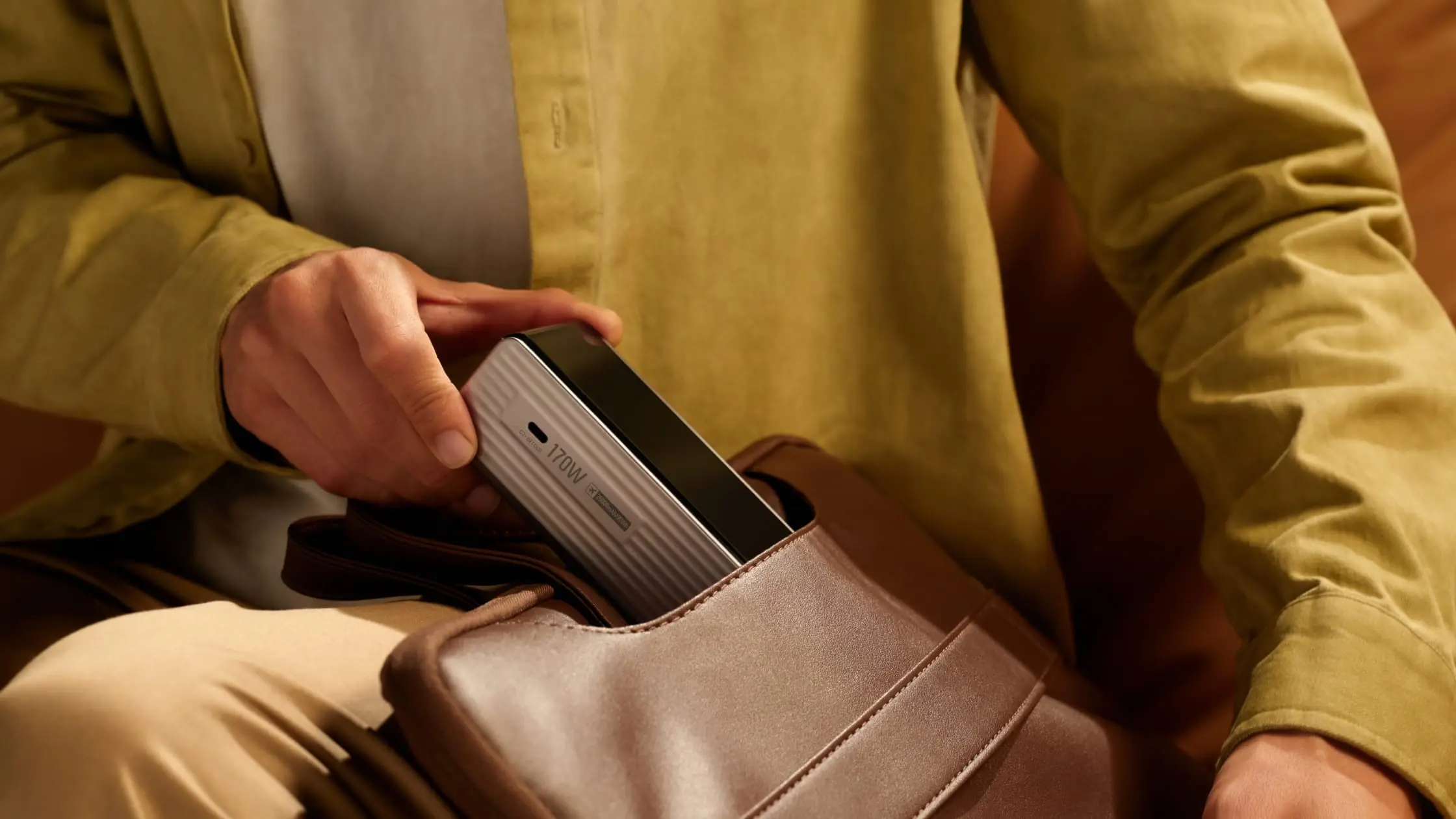Phone Lagging? Common Causes and How to Fix It
Phone lag is maddening. Apps crawl to open, screens freeze mid-task, input delays kill your flow. It's not just inconvenient; it disrupts your entire day. The good news? Most lagging issues are fixable. Whether it's maxed-out storage, overwhelmed memory, or battery-triggered performance throttling, identifying the culprit leads to real solutions. You'll discover what's actually slowing your device down and get practical fixes, from quick tweaks you can apply immediately to lasting strategies that maintain smooth performance. Stop tolerating sluggish responses and restore the speed your phone should deliver.
Signs Your Phone Is Lagging
Phone lagging shows up in frustrating ways during everyday use. Here are the telltale signs:
Applications that launch after 5+ seconds
Choppy scrolling in social media feeds
Keyboard input appearing seconds after typing
Freezing of screen during multitasking
Animations stuttering during transitions
Camera App Having Issues Opening Quickly
You may be noticing an issue in relation to your phone's hardware, memory, or software if you keep noticing multiple symptoms appearing at different times. A few small hiccups along the way aren’t unusual, but serious issues that linger require attention at once.
Factors Behind Phone Lag
Being aware of what makes phones lag helps in addressing the issue, rather than only dealing with symptoms.
Limited Storage Space
Performance is greatly impacted when your smartphone’s storage is full to a level of between 85% to 90%. This is because your smartphone needs enough room to run files, cache, as well as applications in an efficient manner. For instance, if your desk is a mess, it is difficult to search for things in such an environment.
RAM Overload
Having multiple applications running concurrently consumes the working memory of your smartphone. RAM (Random Access Memory) is essentially a buffer memory in smartphones that is used to keep applications running in the background. Every running program requires RAM, causing slowing down of smartphones when this capacity is fully utilized. The applications running in the background, which you have probably overlooked, may consume more RAM than what you expect.


Outdated Software
Old systems, as well as applications, carry outdated code that is not optimized for contemporary usage patterns, which makes them work under stress. Upgrades, in addition to offering novel enhancements, also provide optimization for better functioning of your smartphone.
Low Battery or Battery Degradation
Performance is also greatly impacted by the level of a smartphone’s charge. When a smartphone’s charge falls below a level of 20 percent, low-performance features of a processor automatically restrict speeds by reducing background processes, which leads to lag issues in smartphones. An old smartphone’s battery is also responsible for this issue because it is incapable of providing a stable amount of charge; this makes smartphones function at a slower speed to prevent sudden shutdowns.
Hardware Aging
Every phone has a shelf life. After 3 to 4 years, processors struggle with newer app requirements, and internal components naturally degrade. This isn't planned obsolescence; it's basic physics.
Android vs iPhone: Which Lags More?
The "which lags more" debate oversimplifies a complex issue. Here's what actually matters.
The platform comparison depends on multiple factors beyond just the operating system itself.
| Factor | Android | iPhone | Impact on Lag |
| OS Optimization | Varies by manufacturer | Tightly integrated with hardware | iPhones generally maintain smoothness longer |
| Hardware Variety | Thousands of models across price points | Limited, premium-focused lineup | Budget Androids lag more than flagships |
| Update Support | 2 to 4 years typically | 5 to 7 years of updates | Longer support means sustained performance |
| RAM Management | More RAM but less efficient | Less RAM but better optimized | iPhones do more with less |
As shown above, performance differences stem from optimization approaches rather than inherent platform superiority.
Both types of platforms are lagging, but in different ways. Affordable Android devices might carry outdated processors, whereas high-end Android smartphones possess a head-to-head speed performance level similar to that of iPhones, which run extremely smoothly owing to perfectly integrated hardware and software, even though older iPhone models tend to slow down as they support older iOS (iPhone Operating System) versions.
How to Fix and Prevent Phone Lagging
Addressing phone lag requires a combination of quick fixes and sustainable habits. Here's a practical breakdown of solutions organized by category.
| Solution Type | Actions to Take | Expected Impact |
| Storage & Cache Management | Delete old photos/videos, clear app cache, uninstall unused apps, move files to cloud storage | Immediate to moderate improvement |
| Memory & App Control | Force-close background apps, restart device weekly, disable auto-start for unnecessary apps | Quick performance boost |
| Software Updates | Update OS and all apps, enable automatic updates | Long-term stability and optimization |
| Battery Optimization | Keep charge above 20%, avoid extreme temperatures, carry backup power source | Maintains consistent performance |
| Advanced Reset | Factory reset device (backup first) | Complete refresh but time-intensive |
These strategies work best when combined rather than applied in isolation.


Storage & Cache Management
Your smartphone is also collecting data in terms of clutter, which is why it’s essential to clean it up at regular intervals for effective functioning. Cache files (the data that applications store to allow them to open quickly) may consume up to several gigs of storage in devices, whereas unused applications and multiple copies of pictures also consume precious storage space in smartphones. Storage in smartphones should always maintain at least 15 to 20 percent of free space to function properly in an efficient manner.
Memory & App Control
Too many apps running at the same time consume RAM, which makes everything slow down. Make it a habit to close applications, not just minimize them. For Android, swipe away applications from the recent applications screen. For iPhone, double-click the home screen to close applications. Restart your device at least once a week to free up memory by closing applications that run in an infinite loop, which fixes small bugs before they accumulate into bigger problems.
Software Updates
Outdated software is also a source of lag issues in most cases. There have always been bug fixes as well as optimization of efficiency by developers in terms of patch releases. Therefore, make sure that automatic updating is enabled in order to update your phone during charging at night.
Battery Optimization
Keeping good charge levels prevents performance from being throttled. Once you’re running below 20% charge, things like low power settings turn down processor speeds automatically. Charge your device as often as needed, but never go below 15% charge levels.
Backup power sources may also be useful. A high capacity charging bank, such as the EcoFlow Rapid Power Bank (25,000mAh, 170W) which supports fast charging, ensures that the smartphone is in the correct performance zone at all times of the day, more so during trips.
Advanced Reset
If lag persists after trying everything else, a factory reset wipes your device clean and eliminates accumulated software issues. Back up your data first, as this erases everything. While time-consuming to set up again, it often resolves stubborn performance problems that other methods can't fix.
When to Consider Upgrading Your Phone
In some cases, optimization may not be able to compensate for hardware constraints. That is when an upgrade is needed:
Age Factor: If your smartphone is more than 4 years old, even if you apply all troubleshooting methods to eliminate lag, your smartphone processor is probably no longer able to support today's application demands.
Unsupported Updates: Once software is no longer supported by OS, vulnerabilities pile up, eventually resulting in applications ceasing support for your operating system.
Hardware Degradation: Battery swelling, overheating during basic operations, or frequent crashes reveal degradation of hardware that goes beyond lag issues.
Cost-Benefit Analysis: Upgrading is more beneficial when repair costs exceed 50% of what a mid-range smartphone would cost.
Remember, taking care of your current smartphone by maintaining it properly, as well as using good quality power banks, may extend an expensive smartphone upgrade by up to 1 to 2 years, which results in savings of hundreds of dollars.
FAQs About Phone Lag and Performance Issues
Q1. Will Closing Apps Completely Save Battery and Reduce Lag?
This is not really the case, as closing applications by force repeatedly consumes more resources than leaving applications running in the background if they are to be used repeatedly. Modern smartphones possess efficient methods to handle applications running in the background. Closing applications only if they appear to be malfunctioning (e.g., appear to be frozen, consume an unusual amount of battery, run hot). Applications relating to day-to-day duties should run in the background as smartphones allow, which won’t result in lag issues if enough RAM is available in the smartphone.
Q2. Can Using Live Wallpapers or Widgets Cause My Phone to Lag?
In fact, this is even more accurate in cases where smartphones are low in price or older models. Live wallpapers consume processor resources as well as Graphics Processing (GPUs) to animate them, whereas multiple widgets refresh data in the background simultaneously. Consider using static wallpapers for smoother processing, as well as minimizing widgets to only what is necessary to cut down lag issues.
Q3. Does Dark Mode Help Reduce Phone Lagging?
While switching to dark mode won't instantly make your phone run faster, it will benefit phones with Organic light-Emitting Diode (OLED) screens by reducing power consumption. Dark mode might be useful for keeping OLED screens running smoothly because it conserves battery life without sacrificing performance. This patch doesn't help with latency at all when it comes to managing storage properly, closing unnecessary apps, or even updating the software.
Q4. Why Does My Phone Only Lag When Using Certain Apps?
App-specific lag usually indicates poorly optimized software rather than general phone issues. Some apps are poorly coded, contain memory leaks (bugs that cause apps to consume increasing amounts of RAM over time), or haven't been updated to work efficiently with newer operating systems. Try clearing the app's cache, updating to the latest version, or reinstalling it completely. If the problem persists with a specific app while others run smoothly, the issue lies with that app's development, not your phone.
Fix and Prevent Phone Lag
Problems with the battery's performance capabilities are the most critical cause of phone lag, but there are other fixable causes as well, such as storage issues, overload, obsolete software, and so on. While both Android and iOS devices are susceptible to lag, keeping up with routine maintenance will keep yours running smoothly for years to come. Clearing cache and shutting programs are quick fixes for lag, but responsible storing and charging are the way to go in the long run.